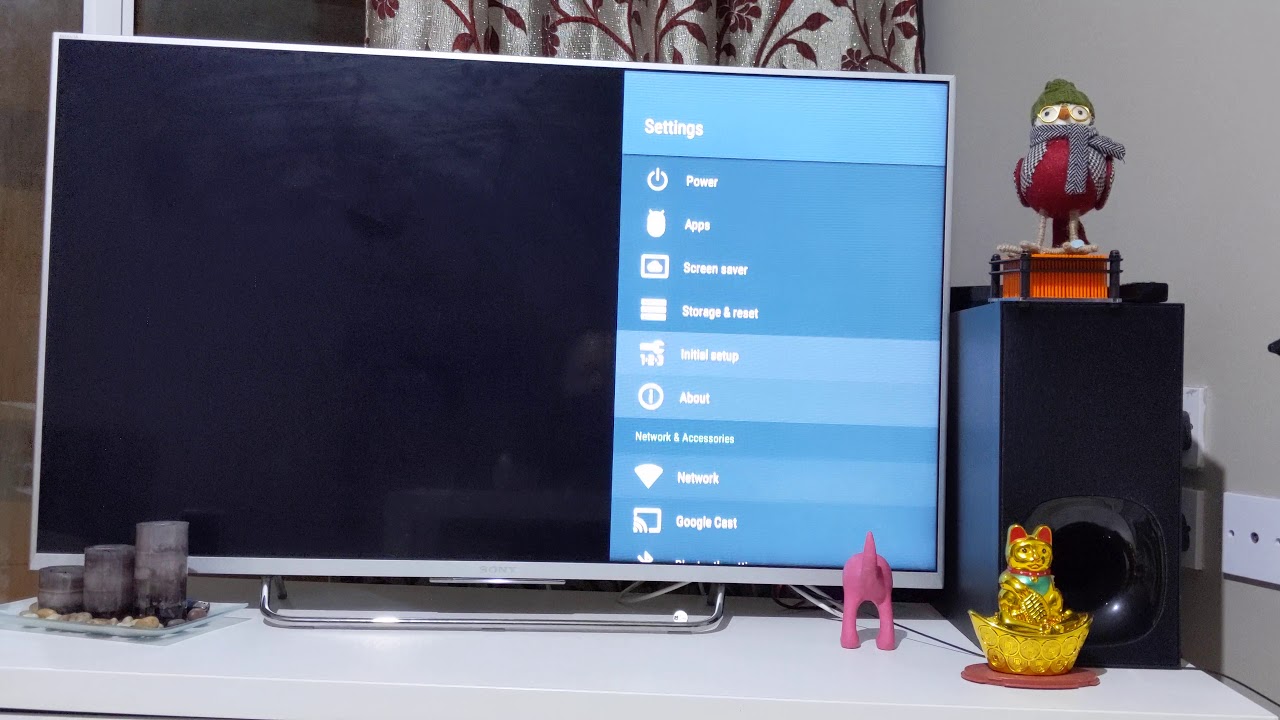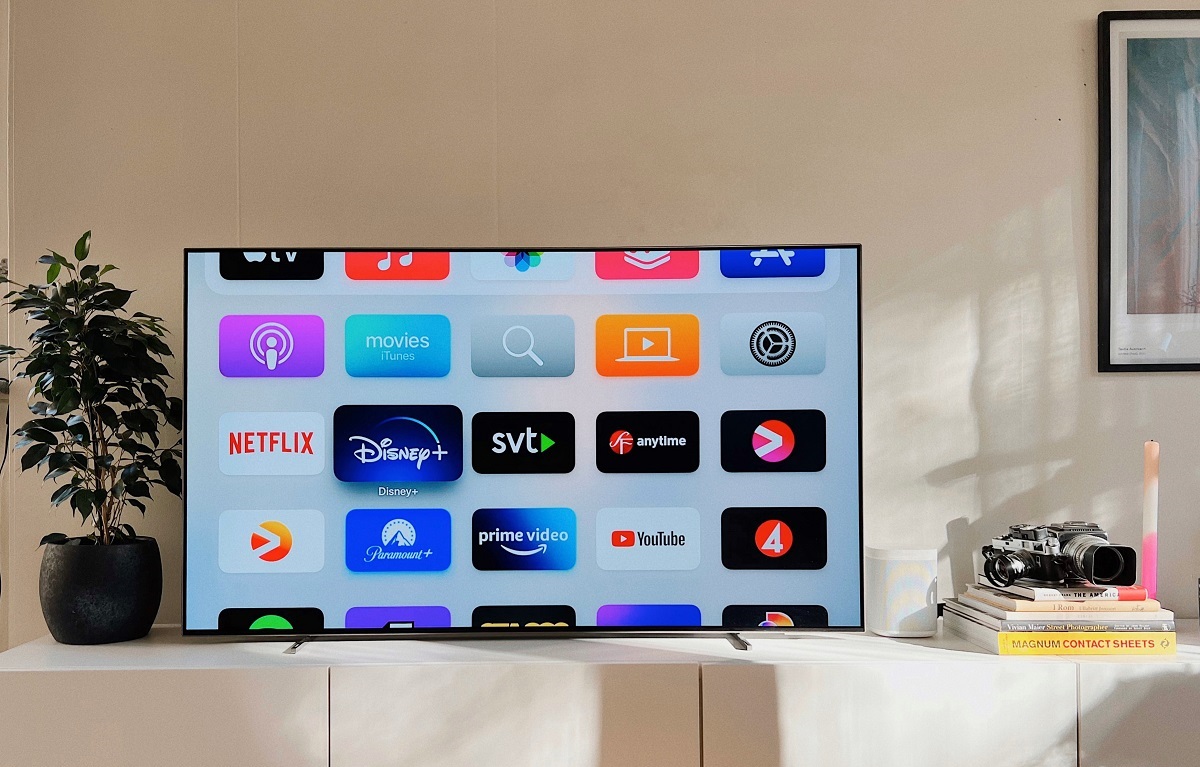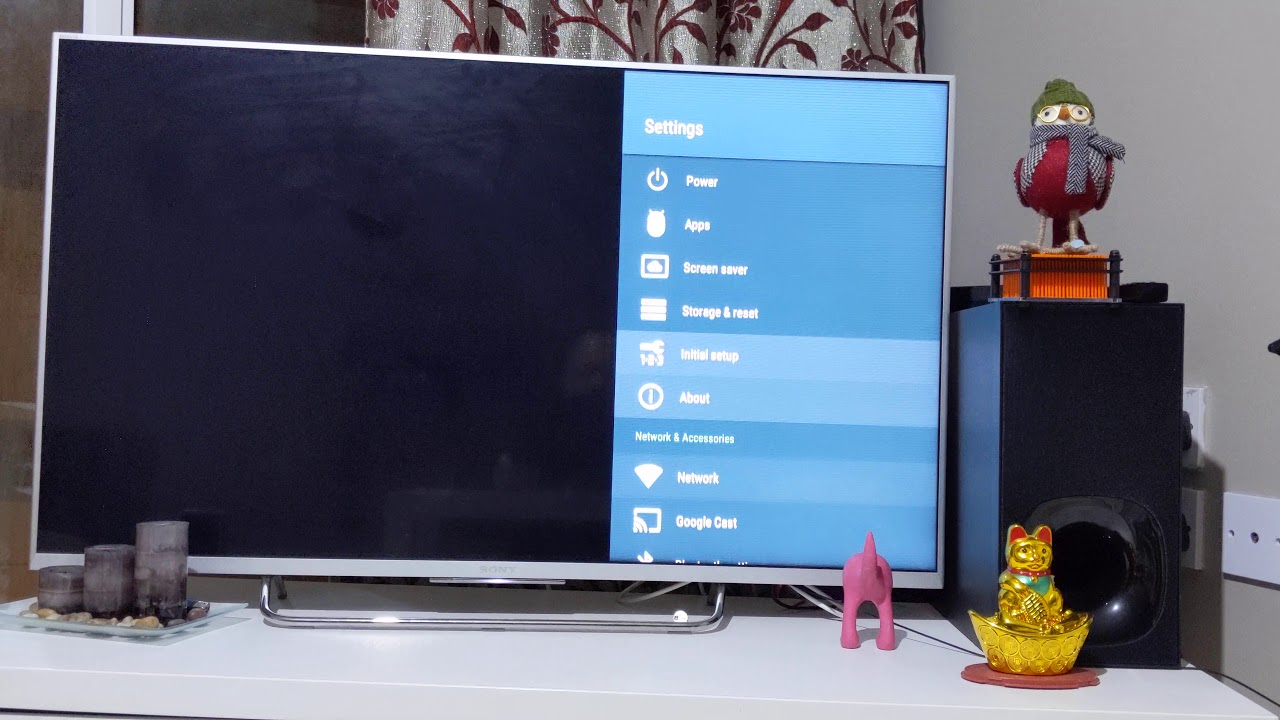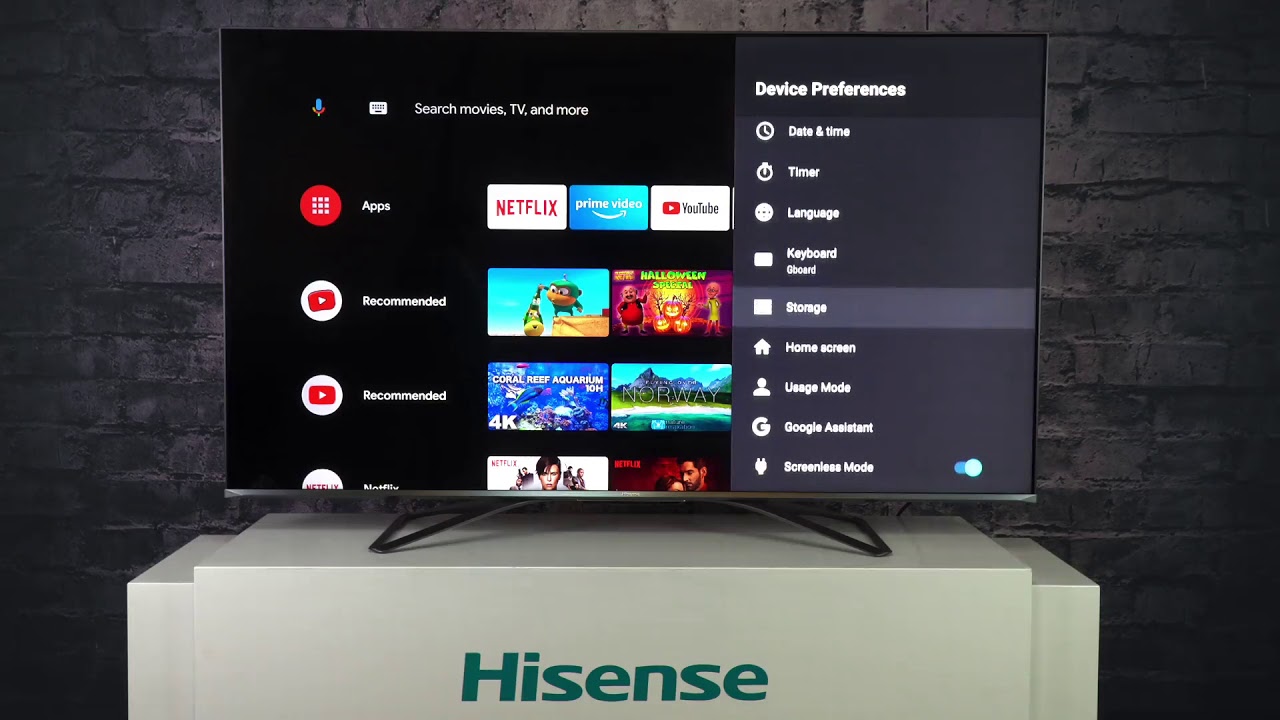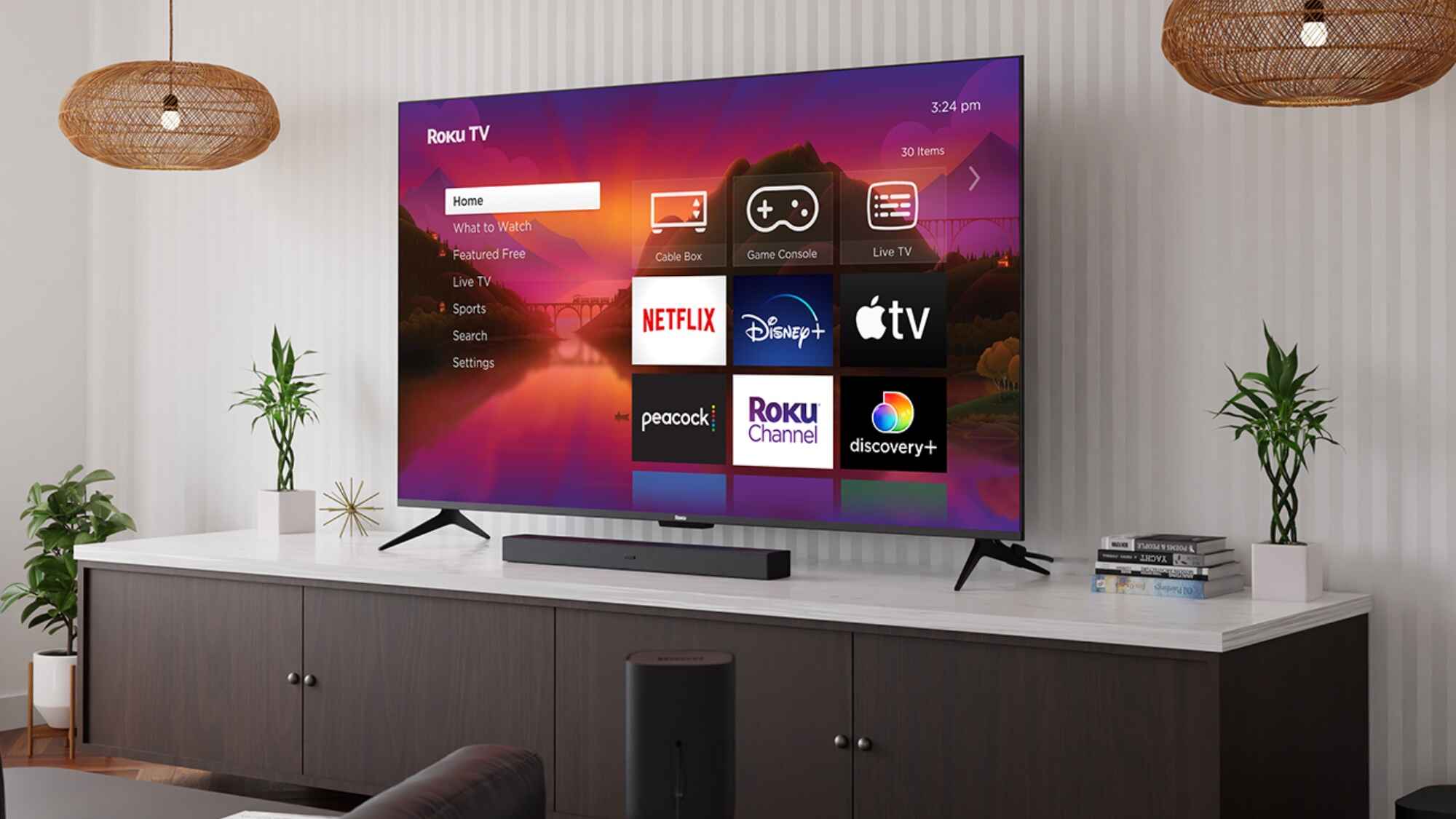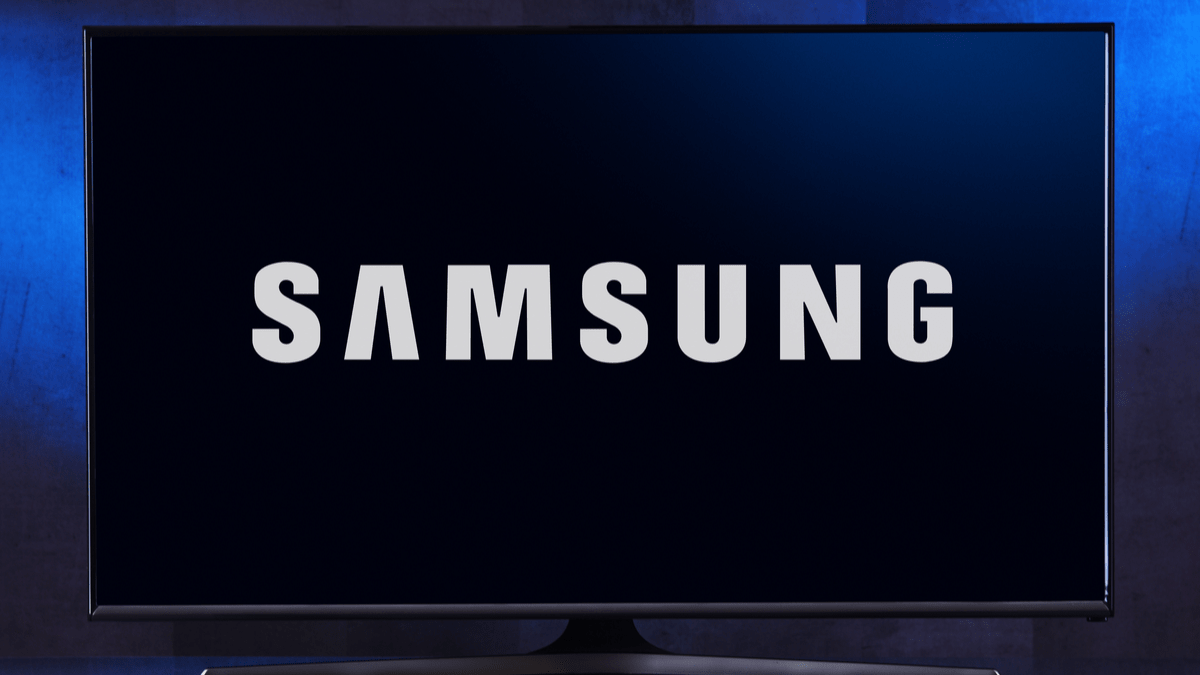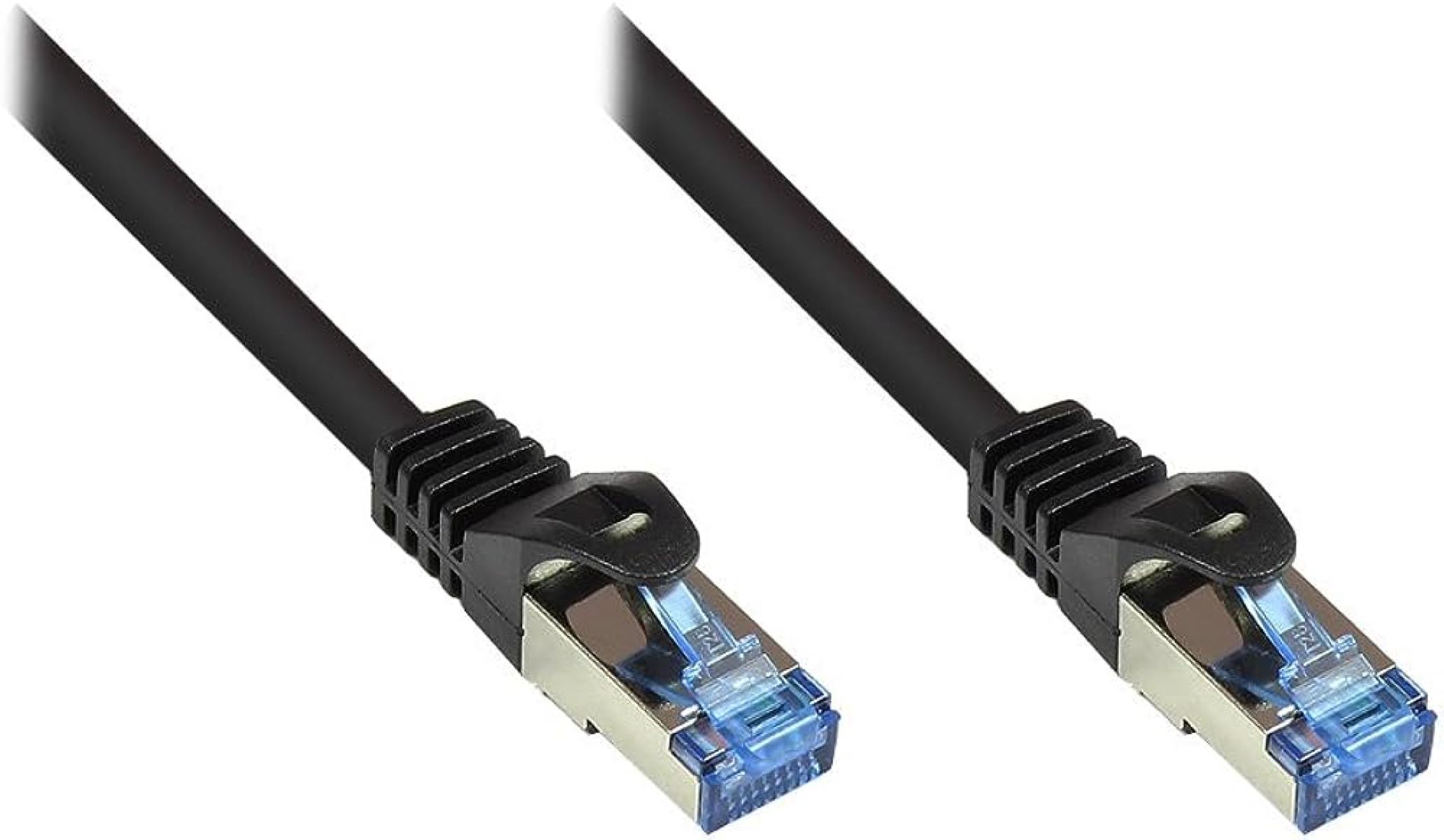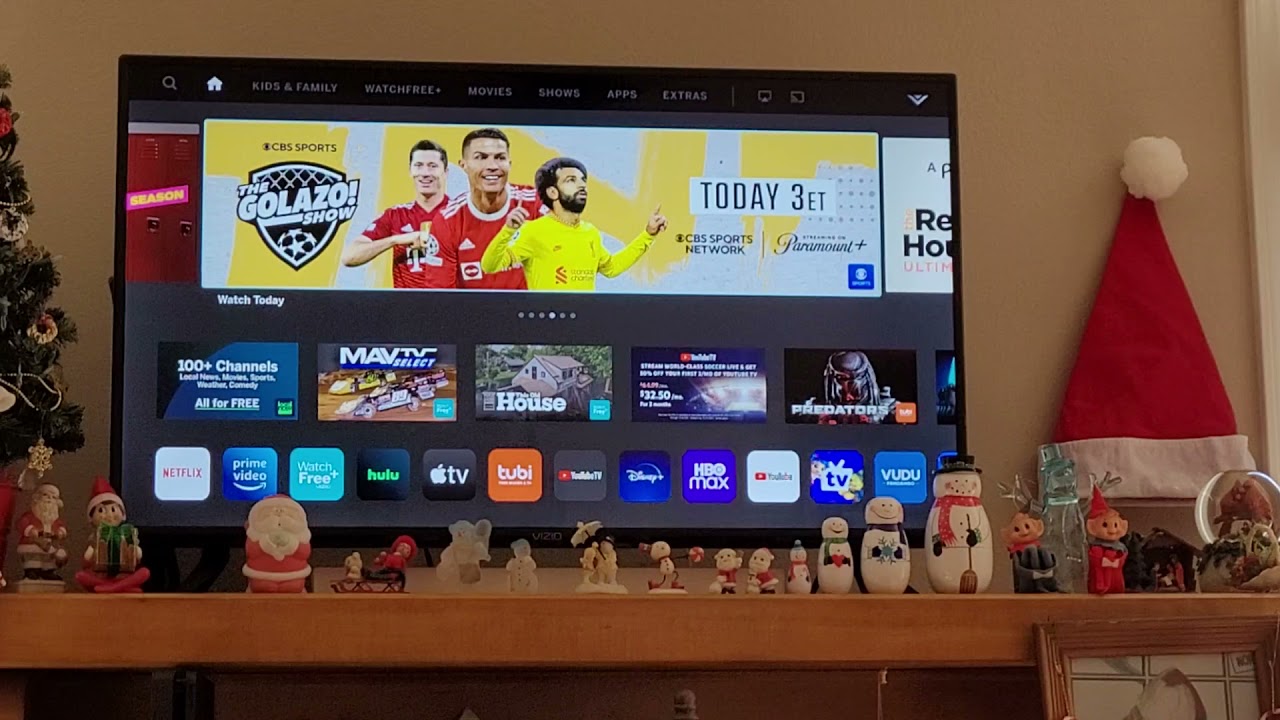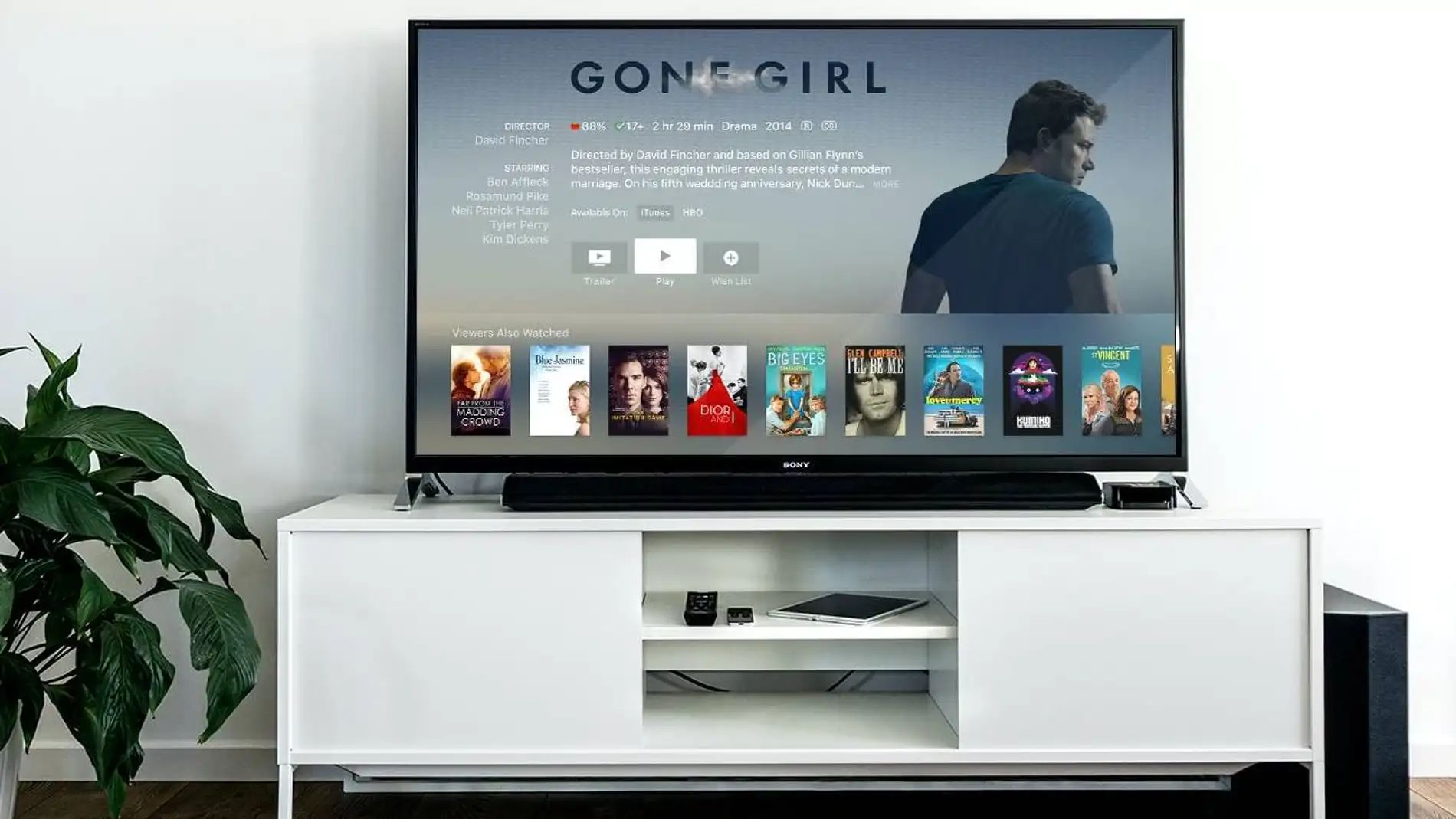Introduction
Are you tired of experiencing sluggish performance on your smart TV? Do you find yourself waiting forever for apps to load or buffering during your favorite shows? Don’t worry, you’re not alone. Many smart TV users often face these frustrations, but there are steps you can take to make your smart TV faster and improve its overall performance.
A slow smart TV can be a result of various factors, such as an overloaded cache, outdated firmware, or an excessive number of running apps. By addressing these issues, you can optimize your smart TV’s speed and enjoy a smoother viewing experience. In this article, we will explore several methods to make your smart TV faster.
Whether you have a brand new smart TV or an older model, these tips can help you get the most out of your device. From clearing the cache and updating the firmware to adjusting picture settings and even using a streaming device, there are several options to try. Let’s dive into the details and discover how you can enhance the performance of your smart TV.
Clearing Cache
One of the first steps you can take to make your smart TV faster is to clear the cache. The cache is a temporary storage area where your smart TV stores data from websites and apps to improve loading times. Over time, this cache can become filled with unnecessary data, leading to slower performance.
To clear the cache on your smart TV, the exact steps may vary depending on the make and model. However, the general process involves accessing the settings menu and locating the option to clear cache or browsing data.
Once you find the cache clearing option, select it and confirm your decision to clear the cache. This process may take a few moments, but it will remove unnecessary data and improve your smart TV’s speed.
It’s important to note that clearing the cache will not delete any personal data or settings from your smart TV. It simply removes temporary files and data that can slow down the device. After clearing the cache, you may notice a significant improvement in performance as apps load more quickly and browsing becomes smoother.
Performing this cache clearing process regularly, perhaps once every few months, can help keep your smart TV running at optimal speeds. So, if you’re experiencing sluggish performance, give clearing the cache a try, and see if it makes a difference.
Resetting Smart TV
If clearing the cache didn’t improve the speed of your smart TV, another option to consider is resetting the device. Resetting your smart TV can help resolve any software issues that may be causing slow performance.
Before proceeding with the reset, it’s important to note that this action will restore your smart TV to its default factory settings. This means that any personalized settings, apps, or saved data will be deleted. Make sure to backup any important data or settings before proceeding.
The process for resetting a smart TV may vary depending on the make and model. Typically, you can find the option to reset the device in the settings menu.
Once you have located the reset option, follow the on-screen instructions to initiate the process. This may involve entering a PIN or password to authorize the reset. After confirming your decision, the smart TV will restart and restore its default settings.
After the reset is complete, you will need to set up your smart TV again, including connecting to your Wi-Fi network and logging into your streaming accounts. While this process may be slightly time-consuming, it can help improve the speed and performance of your smart TV.
Resetting your smart TV should be considered as a last resort if other methods have failed to improve its speed. It allows you to start with a clean slate, eliminating any software issues that may have been causing the sluggishness.
However, remember to only reset your smart TV if you are comfortable with losing any personalized settings or data. If you’re unsure, it’s always advisable to consult the user manual or reach out to the manufacturer’s support for guidance.
Updating Firmware
Another effective way to make your smart TV faster is by updating its firmware. Firmware is the software that runs on your smart TV and controls its functionality. Manufacturers regularly release firmware updates to improve performance, fix bugs, and introduce new features.
To update the firmware on your smart TV, you’ll need to check for updates in the settings menu. The exact location of the update option may vary depending on your smart TV’s make and model.
Once you’ve located the firmware update section, follow the instructions to initiate the update process. This may involve connecting your smart TV to the internet and allowing it to search for the latest firmware version.
It’s important to ensure that your smart TV remains connected to a stable internet connection throughout the update process. Firmware updates can take some time, depending on the size of the update file and the speed of your internet connection.
After successfully updating the firmware, your smart TV will restart and apply the changes. You should notice improvements in speed and performance as the updated software optimizes your device’s operation.
Remember to regularly check for firmware updates and install them as they become available. Keeping your smart TV’s firmware up to date is crucial for maintaining optimal performance and compatibility with new technologies.
If you’re unsure about how to update the firmware or encounter any issues during the process, consult the user manual or visit the manufacturer’s website for detailed instructions. Support forums and online communities dedicated to your specific smart TV brand may also provide helpful insights and guidance.
Disabling Apps
If you’re still experiencing slow performance on your smart TV, disabling unnecessary apps can help speed things up. Smart TVs often come with pre-installed apps that you may not use or need, and these apps can consume valuable system resources.
To disable apps on your smart TV, navigate to the settings menu and look for the option to manage or uninstall apps. Select the app you want to disable and follow the prompts to disable or uninstall it.
By disabling unnecessary apps, you free up memory and processing power, allowing your smart TV to focus on running the apps and services that you actually use. This can lead to noticeable improvements in speed and performance.
It’s important to note that not all apps can be disabled or uninstalled, as some are essential for the operation of the smart TV’s system. However, disabling the apps that you don’t use regularly can still have a significant impact on performance.
Additionally, periodically reviewing and disabling apps that you no longer need can help prevent your smart TV from becoming overcrowded and sluggish over time.
Take a moment to evaluate the apps installed on your smart TV and disable any that you don’t use. You can always re-enable them later if you find the need to use them again.
Keep in mind that disabling an app will not remove it permanently from your smart TV. It simply prevents it from running in the background and consuming system resources. If you wish to completely remove an app, you may need to check if your smart TV’s settings menu offers an uninstall option.
By taking control of the apps on your smart TV and disabling unnecessary ones, you can optimize its performance and enjoy a more responsive and smooth viewing experience.
Adjusting Picture Settings
When it comes to improving the performance of your smart TV, adjusting the picture settings can make a noticeable difference. Fine-tuning the settings can enhance the visuals and optimize the TV’s processing power, resulting in smoother and faster performance.
Start by accessing the picture settings menu on your smart TV. The location of this menu will vary depending on the make and model of your TV, but it is typically found within the settings or display options.
Within the picture settings menu, you will find various options to adjust, such as brightness, contrast, sharpness, color saturation, and backlighting. Each TV has different preset picture modes, such as movie, sports, or standard, which you can customize to your liking.
Experiment with the picture settings to find the optimal balance for your viewing preferences. Avoid extreme settings, as they can negatively impact image quality. Instead, aim for a natural and balanced picture that suits your personal taste.
Reducing the backlight level or turning off unnecessary image enhancements, such as motion smoothing or noise reduction, can also help improve the overall speed and responsiveness of your smart TV.
Another important consideration is the resolution of the content you’re watching. If your internet connection or streaming service allows for it, select a lower resolution, such as 1080p instead of 4K, to reduce the processing load on your TV and potentially improve its performance.
Furthermore, ensure that your smart TV’s display mode is set to its native resolution. Adjusting the resolution to match the capabilities of your TV can prevent unnecessary image processing and enhance overall performance.
Remember to regularly check and fine-tune your picture settings as lighting conditions and personal preferences may change over time. By finding the ideal balance and making adjustments, you can maximize the performance of your smart TV and enjoy a visually satisfying viewing experience.
Disconnecting from Wi-Fi
If you’ve tried the previous methods and your smart TV is still slow, disconnecting from Wi-Fi and using alternative methods of connecting can be a viable solution. While Wi-Fi is convenient, interference and signal strength issues can impact the performance of your smart TV.
First, access the settings menu of your smart TV and locate the network or Wi-Fi settings. Within this section, you will find the option to disconnect from your current Wi-Fi network.
Once you’ve disconnected from Wi-Fi, consider using an Ethernet cable to connect your smart TV directly to your router or modem. Ethernet connections offer a more stable and reliable internet connection, which can result in faster and smoother performance.
By switching to a wired connection, you eliminate potential signal interference from other devices or obstacles between your smart TV and the Wi-Fi router. This can lead to improved streaming quality, reduced buffering, and overall better performance.
In situations where running an Ethernet cable to your smart TV is inconvenient or not possible, you can also consider using a powerline adapter. A powerline adapter utilizes your home’s electrical wiring to transmit internet signals, allowing you to create a wired connection without the need for long ethernet cables.
Alternatively, you can explore using a Wi-Fi extender or repeater to improve the signal strength and stability in the vicinity of your smart TV. These devices amplify and extend the reach of your Wi-Fi network, ensuring a more consistent connection for your smart TV.
Experiment with different network setups and configurations to find the option that provides the best performance for your smart TV. Remember to test the connection speeds before and after making changes to determine the effectiveness of the new setup.
Keep in mind that each home setup is unique, and what works for one person may not work for another. It’s worth exploring and experimenting with different connectivity options to find the one that works best for your specific environment.
Using Ethernet Cable
If you’ve been experiencing sluggish performance on your smart TV, one effective solution is to use an Ethernet cable for a wired connection. While Wi-Fi offers convenience, it can be prone to interference and signal strength issues that can impact the speed and stability of your connection.
To use an Ethernet cable with your smart TV, start by ensuring that your TV has an Ethernet port. Most modern smart TVs come equipped with an Ethernet port, usually located on the back or side of the device.
Next, connect one end of the Ethernet cable to the Ethernet port on your smart TV and the other end to your router or modem. This direct wired connection provides a more stable and reliable internet connection compared to Wi-Fi.
By using an Ethernet cable, you eliminate potential signal interference from other devices or obstacles between your smart TV and the Wi-Fi router. This can result in improved streaming quality, reduced buffering, and overall better performance.
It’s important to note that the length of the Ethernet cable can play a role in the quality of the connection. Longer cables may introduce signal degradation, so try to use a cable that is just long enough to reach your smart TV without unnecessary extra length. If you need to use a longer cable, ensure it is of high quality to maintain signal integrity.
Additionally, it’s worth checking the Ethernet cable itself to ensure it is in good condition. Damaged or faulty cables can lead to poor connection quality. If you suspect your Ethernet cable may be causing issues, consider replacing it with a new one.
Using an Ethernet cable for your smart TV is especially beneficial for bandwidth-intensive activities such as streaming high-definition content, online gaming, and downloading large files. It can provide a consistent and reliable connection that allows your smart TV to perform at its best.
While it may require some extra effort to set up the Ethernet connection, the improved speed and stability make it a worthwhile investment. If possible, give the Ethernet cable a try and enjoy a smoother and faster viewing experience on your smart TV.
Using a Streaming Device
If you’re looking to improve the speed and performance of your smart TV, using a dedicated streaming device can be a game-changer. Streaming devices, such as a Roku, Apple TV, or Amazon Fire Stick, offer a range of benefits that can enhance your viewing experience.
Streaming devices are designed to handle the demands of streaming services more efficiently than the built-in smart TV apps. They typically have more powerful processors, more storage capacity, and regularly updated software.
To use a streaming device, simply connect it to your smart TV using an HDMI cable. Most modern smart TVs have multiple HDMI ports, allowing you to connect the streaming device without any trouble. Once connected, follow the on-screen instructions to set up the streaming device, including connecting it to your Wi-Fi network and logging into your streaming accounts.
Once set up, you can access a wide range of streaming apps and services directly from the streaming device. These devices often have user-friendly interfaces, intuitive navigation systems, and better search functionalities, making it easier to find and enjoy your favorite content.
Using a streaming device can alleviate the burden on your smart TV’s internal processes, resulting in faster app loading times, smoother playback, and fewer buffering issues. Since the streaming device is designed specifically for streaming, it can deliver a more optimized and efficient performance compared to the built-in smart TV apps.
Furthermore, streaming devices often receive regular software updates, ensuring that you have access to the latest features, security enhancements, and bug fixes. This can contribute to overall improved performance and a seamless viewing experience.
Another advantage of using a streaming device is that you can easily switch between different streaming devices if you decide to upgrade or try a different brand. This gives you flexibility and the ability to choose a device that best suits your needs, preferences, and budget.
Whether you’re into movies, TV shows, sports, or gaming, a streaming device can provide you with a faster and more reliable streaming experience. It’s a worthwhile investment if you want to unlock the full potential of your smart TV and enjoy content without interruptions or slowdowns.
Consider exploring the different streaming device options available on the market and choose one that aligns with your preferences and requirements. With a streaming device, you can transform your smart TV into a powerful and efficient entertainment hub.
Conclusion
Making your smart TV faster is essential for a seamless and enjoyable viewing experience. By implementing the tips and methods discussed in this article, you can optimize your smart TV’s performance and enhance its speed.
Start by clearing the cache to remove unnecessary data that can slow down your smart TV. If that doesn’t improve the speed, consider resetting the device to restore it to its default factory settings. Updating the firmware regularly is also crucial to ensure compatibility with new technologies and enhance performance.
Disabling unnecessary apps can free up system resources and improve speed, while adjusting the picture settings can optimize visuals and processing power. In cases where Wi-Fi connectivity is causing issues, consider disconnecting from Wi-Fi and using an Ethernet cable for a more stable connection.
Alternatively, using a streaming device can offload the streaming processes from your smart TV’s internal apps and provide a more optimized experience. These devices often have more powerful processors and better software support, resulting in faster app loading and smoother playback.
Remember that not all methods may be applicable or necessary for every smart TV. It’s important to consider your specific situation and choose the methods that address your specific performance issues.
Optimizing your smart TV’s speed may require a combination of these methods or even additional troubleshooting steps. It’s always a good idea to consult the user manual or contact the manufacturer’s support if you encounter any difficulties during the process.
By following these steps, you can unlock the full potential of your smart TV and enjoy a faster, smoother, and more responsive viewing experience.







